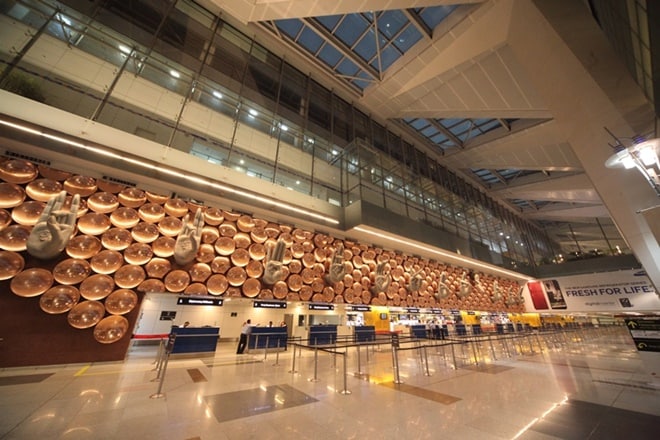The government’s latest decision to approve the leasing out six airports – Ahmedabad, Jaipur, Lucknow, Guwahati, Thiruvananthapuram and Mangaluru through public-private partnership (PPP) basis instead of opting to award operations and maintenance (O&M) contracts to private sector entities only at two airports in Jaipur and Ahmedabad is a significant step forward.
The Indian airport sector finally appears to be in the right gear having the previous process to privatize half these airports failed to come to fruition in 2015 and will reignite the process more than a decade after the successful transactions involving major airports in Delhi and Mumbai. With the National Civil Aviation Policy 2016, targeting to achieve an annual domestic ticketing of 350 million by 2022 and 500 million by 2027 compared to 243 million during 2017-18 and with a systemwide airport capacity already crossing 80% utilisation, infrastructure constraints are becoming apparent. With the rapid urbanization and rising millennials and real incomes, India may require close to 200+ developed airports by 2038 to provide connectivity.
This juncture requires a strategic blueprint for capacity augmentation at both brownfield and development of green-field (airports), transaction structure and on economic regulation. Certain important issues like regulation of airport tariffs, where a city (say Delhi/ Mumbai) may have multiple airports which shall compete, but green-field airports will not be viable at current tariffs, need to be addressed.
While there is a vision for the overall capacity targets for the next decade, the airport network of the future needs to be thoughtfully planned, as the footprint could be distinctly different from the current reality. With a varying size of investments requirements across small, emerging and mega airports, India needs an array of development models and “one concession structure” may not fit all. Airport transactions today need to consider the expectations of investor profile. With strategic investors (Contractors/Operators) having a different risk profile than infrastructure Funds/Pension Funds. Concessions models are well understood and attractive to Investors, with Funds having a preference of developed assets, with low development risk, but, requires a certain minimum size to be attractive to investors.
World over, it have been witnessed that privatization of airport assets have resulted in more efficient airports, greater competition, higher exploitation of the non-aeronautical assets and consequently lower airport charges per passenger apart from harnessing the needed private investments in the public sector.
Other models such as O&M contracts etc. are not attractive owing to the disproportionality between risk & rewards. But, may create benefits as in interim solution (or short term solution) with specific purpose of performance improvement. With only the terminal building or the non-aeronautical assets being handed over to the private party. The air-side and the city side may continue to be under AAI’s control. It will be more like an outsourcing contract than something that the world’s leading airport operators will be interested in.
Apart from the issues arising out of mismatch with capex investments, with the duality of control in a highly time-sensitive airport environment O&M contracts, have also resulted in an interface issue at multiple touchpoints – passengers, airlines, ground-handlers and cargo operators. Streamlining of deal flow and clarity on the Concessions will allows investors to take a strategic view of the market, impact flow of capital into the sector and would determine the level of airport capacity available over next 10 years.
By Abhaya Krishna Agarwal and Anshuman Srivastava
(Agarwal is Partner Infrastructure & PPP and Srivastava is Vice President at EY India. Views are personal)


